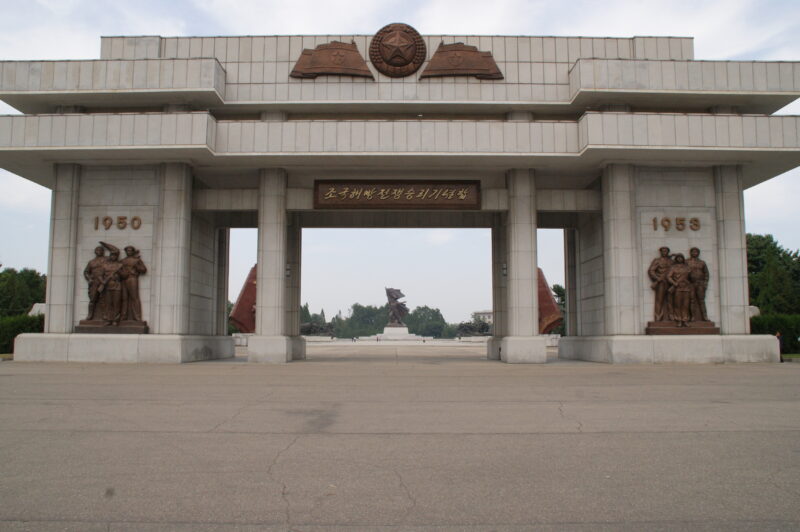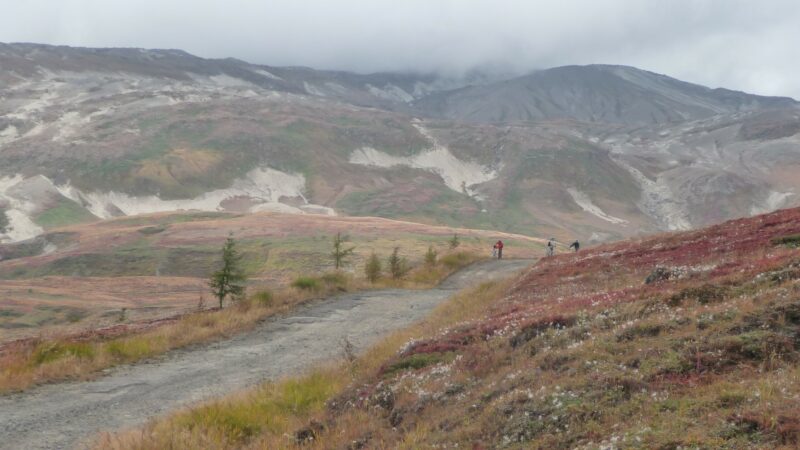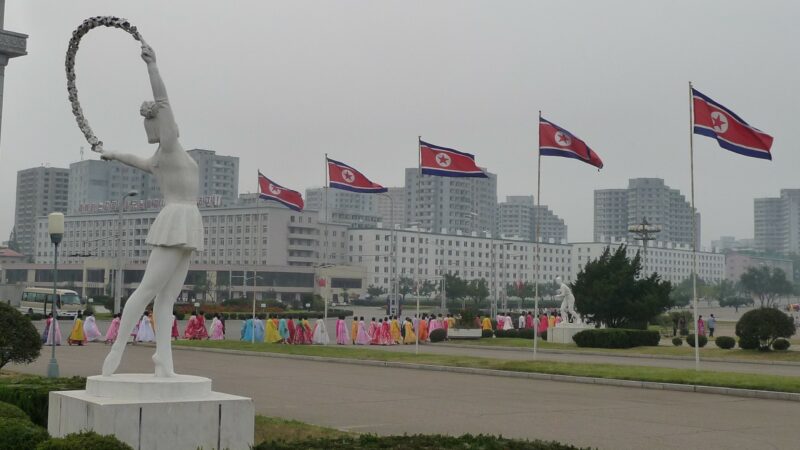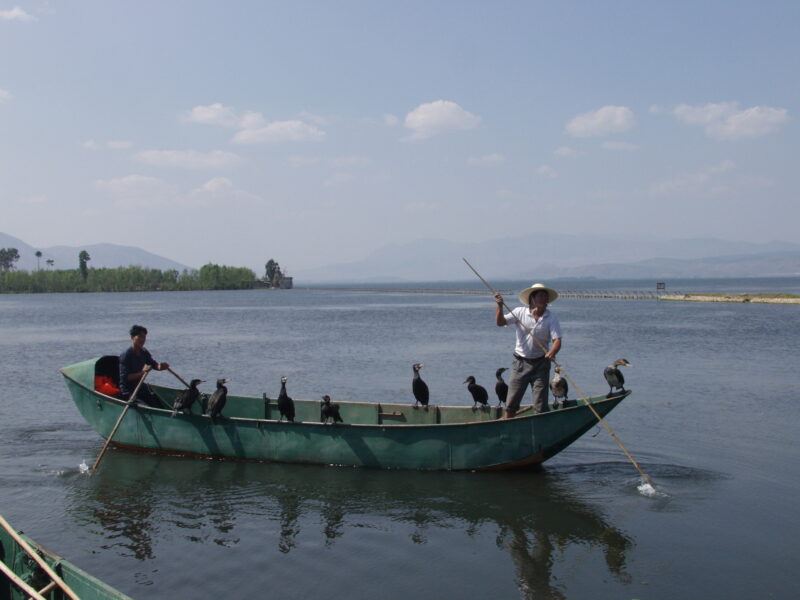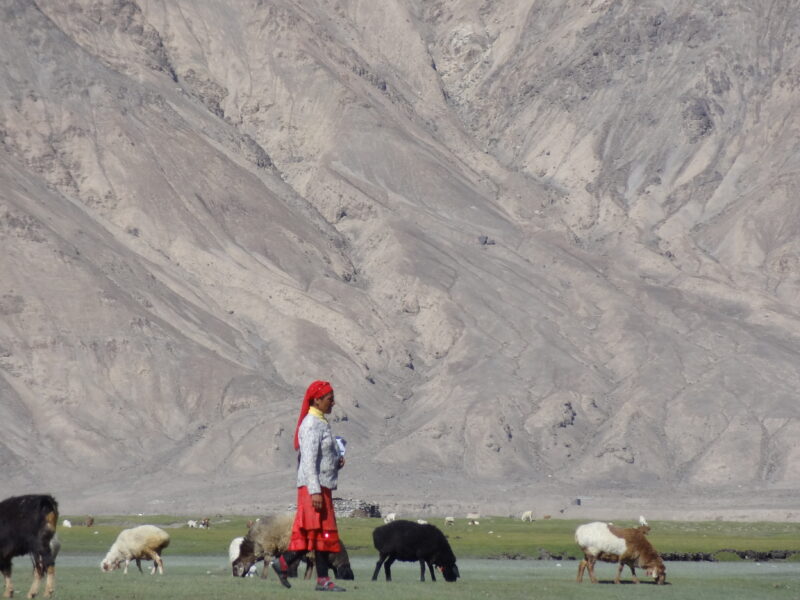East Asia
The giant country of China stretches across various climate zones: from the winter-cold coniferous forest climate to the tropical monsoon climate. Each region is a destination in itself. With China’s rapid development, many destinations are becoming easier to reach, but at the same time elements of “old China” with traditional forms of housing and living are increasingly disappearing.
Japan and South Korea
Japan and South Korea are safe travel destinations with mostly good infrastructure.
North Korea
North Korea can still only be visited as part of organized tours. Anyone who gets involved with the extreme limitations will get fascinating insights into the most isolated country in the world, although of course you only get to see what is desired.
Medical supplies
Of course, Japan’s medical infrastructure corresponds to western standards. In South Korea at least in the big cities as well.
In China – if only for language reasons – a medical emergency can become a challenge. You are in good hands in the big cities on the east coast (Beijing, Shanghai and Hong Kong), which have large expat communities and many international hospitals.
Medical problem in North Korea? – better not think about it.
The Austrian standard vaccinations are sufficient for trips to Japan and South Korea. Only those who have been in the country for months and will live primarily in rural areas should consider vaccination against Japan encephalitis.
China
Guided tours that accompany the main sights in the east usually do not require any special travel vaccinations. However, it is important to be aware of the significant risk of rabies. Reliable quality rabies immunoglobulin (i.e. emergency care for an unvaccinated person in the event of an animal bite) is only available in Hong Kong.
In the southern half of the country, Japanese encephalitis is widespread – vaccination is certainly advisable for longer journeys, especially in rural China away from the metropolitan areas.
The simpler and more rural the travel conditions are chosen, the higher the risk of typhus.
North Korea
Concrete information about disease risks in North Korea is not available. Due to the geographic location and the climatic zone as well as the poverty of the rural population, however, a risk of typhus, Japan encephalitis and probably also rabies must be assumed. However, tourists move in a perfectly isolated bubble and have no uncontrolled contact with the population.
Japan is malaria free.
South Korea: minimal risk in rural northern regions
North Korea: low risk in the south along the demilitarized zone
China: only a low risk along the border with Myanmar and in the south (Yunnan Province)
According to the new recommendations, consistent mosquito repellent is sufficient – it is not necessary to take malaria emergency medication with you.
For Japan and South Korea, your first-aid kit should not be more extensive than for trips within Europe.
China: since Western medicines are not available in many areas, preparations to relieve common travel problems should be taken with you: headache, throat and toothache, diarrhea, itching after insect bites.
Anyone who hikes a lot or plans other sporting activities should also be able to take care of small injuries.
Vaccination check no later than 6 weeks before departure.
Install a translation APP, neither Chinese nor Japanese is easy and quick to learn. The quality of these apps has gotten much better in recent years, and smartphones are ubiquitous even in remote regions of China. So you actually often know what you just ate.


